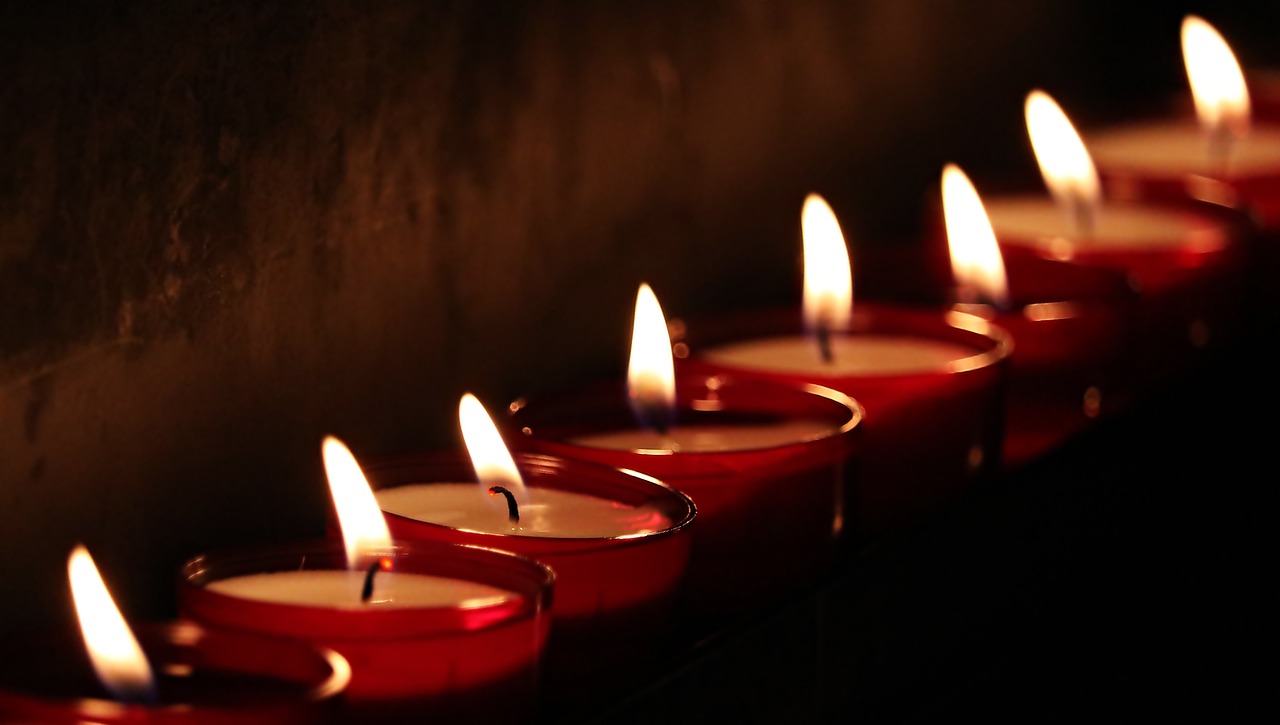Understanding Ancient Egyptian Religion
Ancient Egyptian religion encompasses the indigenous belief systems of Egypt, spanning from predynastic times in the 4th millennium BCE until the fading of traditional practices in later centuries. It is crucial to recognize that these religious beliefs were deeply intertwined with the broader context of Egyptian civilization, particularly during the historical period beginning around 3000 BCE. While remnants of earlier beliefs likely persisted, they hold limited relevance in interpreting the later developments of the religion. The emergence of a centralized Egyptian state reshaped the environment in which these religious expressions evolved.
Religion in ancient Egypt was not a singular, rigid framework; rather, it was a broad tapestry woven with numerous threads of cultural and social practices. The interaction between religious and secular life was complex, and the belief system included not only the worship of gods but also rituals relating to the dead, divination, and magical practices—all of which engaged with divine forces. Central to this religious life were two principal figures: the king and the pantheon of gods, both integral to the identity of Egyptian culture.
The king, embodying a pivotal role, existed in a liminal space as a mediator between the divine and human realms. His responsibilities extended beyond governance; he engaged in divine rituals and constructed monumental structures designed for his afterlife, reflecting the society’s deep-seated views on mortality and the afterlife. Regarding deities, the Egyptians featured a vast array of gods, often represented in hybrid forms—most famously, having human bodies adorned with animal heads. Among the most significant deities was the sun god, recognized by multiple names and manifestations, often linked with a circle of other supernatural entities reflecting the cycles of nature. Osiris, the god of the underworld, alongside his companion Isis, gained prominence during the first millennium BCE, particularly during a time when the solar god’s influence waned.
The Egyptians envisioned their universe as a complex structure consisting of divine beings, their earthly realm, and an outer chaos. This chaos was seen as a persistent threat that required constant management. The king’s essential role was to secure divine favor, ensuring that order prevailed over disorder, a reflection of a broader worldview that carried a somewhat pessimistic view of existence, centered on the sun and its cyclical journey. However, the public display of this cosmology, as portrayed on monumental structures, often conveyed an optimistic outlook, showcasing collaboration and balance between the king and the gods.
The characteristics of these monuments were intentionally curated; the prescribed decorum governed the depiction of religious themes, determining how and where imagery could be presented. This observance of decorum not only underscored the reverence for established order but also privileged the elite’s interpretations and practices of the faith over those of the common populace, whose beliefs and rituals remain less documented.
In summary, ancient Egyptian religion cannot merely be reduced to the veneration of deities; it includes a rich layer of rituals, beliefs, and social dynamics that permeated every aspect of Egyptian life. Despite the elite’s records forming the bulk of our understanding, it’s essential to acknowledge the complexities and possible variances in beliefs among the broader society.



